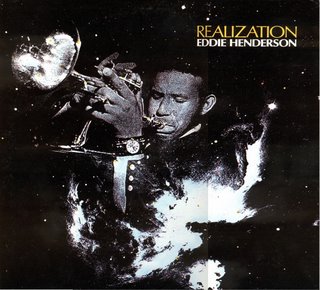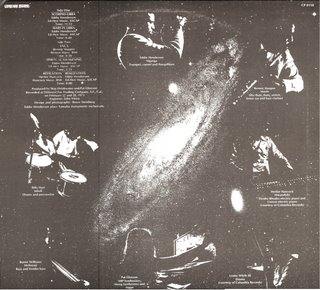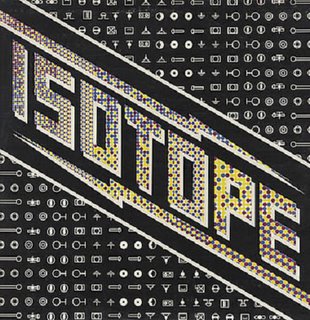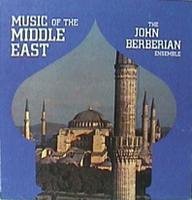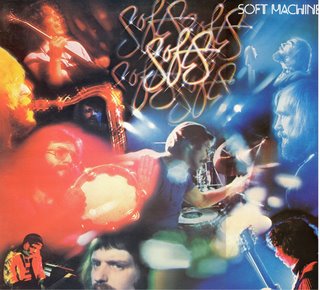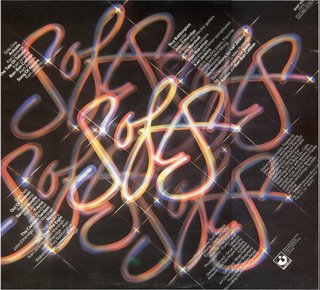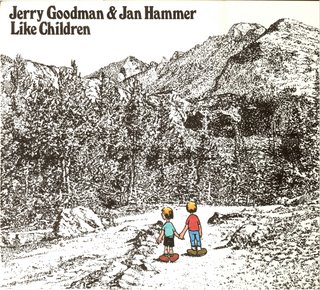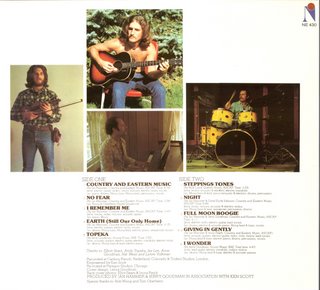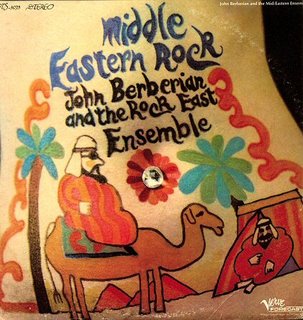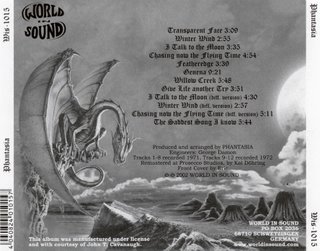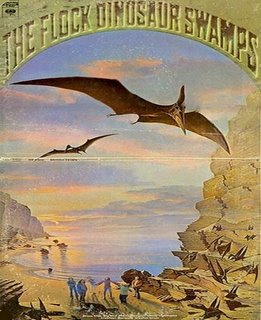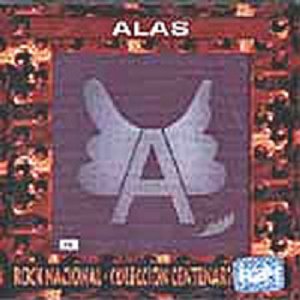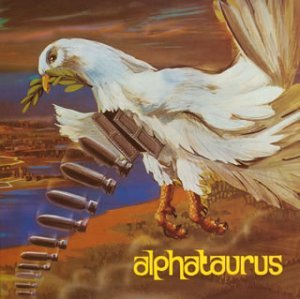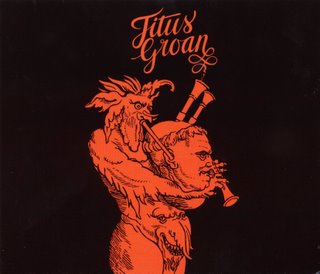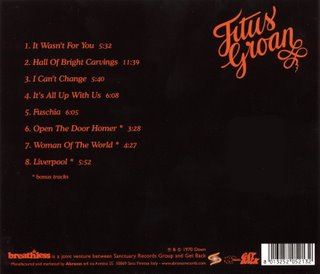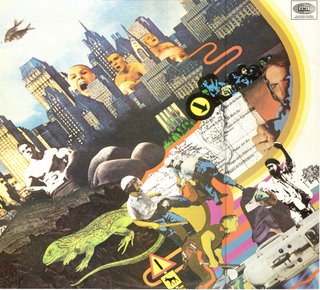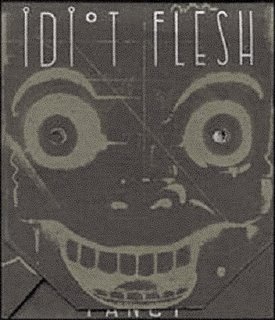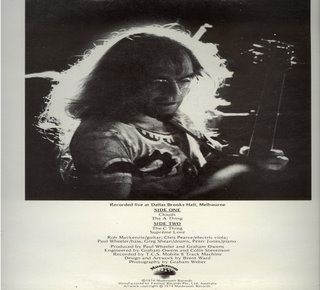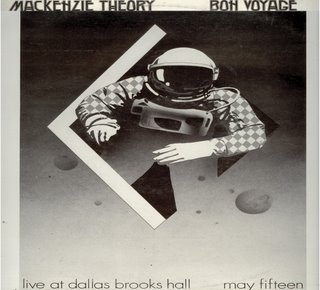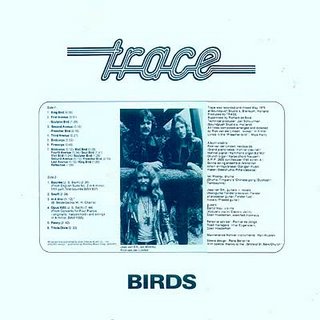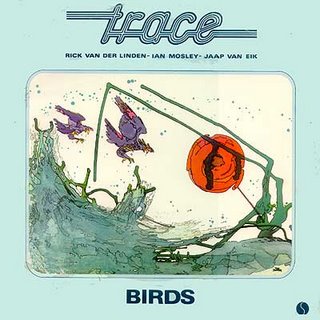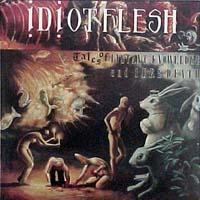 Hola a todos! This band is one of the greatest jewel from the past..I am sure you will like these :) Here is a good review for the albums:
Hola a todos! This band is one of the greatest jewel from the past..I am sure you will like these :) Here is a good review for the albums:The Master Said/.....The album begins with the 17-plus minute title track, which itself is broken down in to 25 parts. As the liner notes explain, the breakdown between parts has more to do with instrumentation or feel rather than concept. With the intention of it being used for background music, you might think of those 25 segments more as cues. Löffler’s throaty bass leads things off assertively (though the tiny, tiny original liner notes say "electro-piano") to which are added one by one, crisp, taut drum and percussion, then jazzy, solid guitar playing and finally organ. This is progressive rock by way of jazz, but is certainly very much in tune with the progressive rock of the time. While sonically there is no similarity, I am going to name check ELP because I hear a very similar dynamic - though Kovac doesn’t abuse his keys the way Emerson did - and had no need to. But even saying ELP is misleading, because you might think of Wakeman more (at times) with Kovac’s playing - assigning no influence in that. A moody guitar and bass duet comes at the 10 minute mark, leading into a drum solo from Antolini, each highlighting these obviously skilled musicians -- Kovac, Schwab and Antolini had already made a name for themselves when they got together to record this music. Löffler, who passed away in the 70s, was the lesser known member of this quartet, but had appeared on numerous albums leading up to this point. You might think, in the hands of average musicians, that a 17-plus minute piece would get boring, dull or repetitive ...Not here, as it holds interest throughout........
Love That/....The pieces on Love That are shorter, most falling the 4 - 5 minute range, though one track, "Genesis," falls in the 9-minute range. There is a reason why Schwab is a renowned jazz and new age guitarist - his playing is impeccable. His playing in the opening track "Guru" has a freer, "70s" sound - distorted and a little sexy, with a bit of a "wah-wah"
 effect applied (maybe more than a bit). "Love That" is different yet again, as tentative keys prod the silence while drums, percussion and a second organ come in to urge the first to cut loose. Before too long they’re in the right groove, "organ one" finding it’s confidence. This is arrangement, by the way, not in the playing or talent. "Sivertime" (which was supposed to be "Silvertime," but a persistence of typos at the time stuck). This is a more studied piece, after the initial blast of organs (a phrase that repeats at times throughout the piece). At times you will think of ELP’s Keith Emerson -- "Stone Of Years" echoed in my head, but it has more to do with tone and a phrase here and there than anything else. Truck’s bass, which going by the pictures, was an upright, slowly walks its way through the piece. Hmm… this has that Miles Davis kind of coolness about it.....
effect applied (maybe more than a bit). "Love That" is different yet again, as tentative keys prod the silence while drums, percussion and a second organ come in to urge the first to cut loose. Before too long they’re in the right groove, "organ one" finding it’s confidence. This is arrangement, by the way, not in the playing or talent. "Sivertime" (which was supposed to be "Silvertime," but a persistence of typos at the time stuck). This is a more studied piece, after the initial blast of organs (a phrase that repeats at times throughout the piece). At times you will think of ELP’s Keith Emerson -- "Stone Of Years" echoed in my head, but it has more to do with tone and a phrase here and there than anything else. Truck’s bass, which going by the pictures, was an upright, slowly walks its way through the piece. Hmm… this has that Miles Davis kind of coolness about it.....(Reviewed by: Stephanie Sollow) You can read the full review here for "Love that" and here for "The master said"
Click to download and keep listening :)






